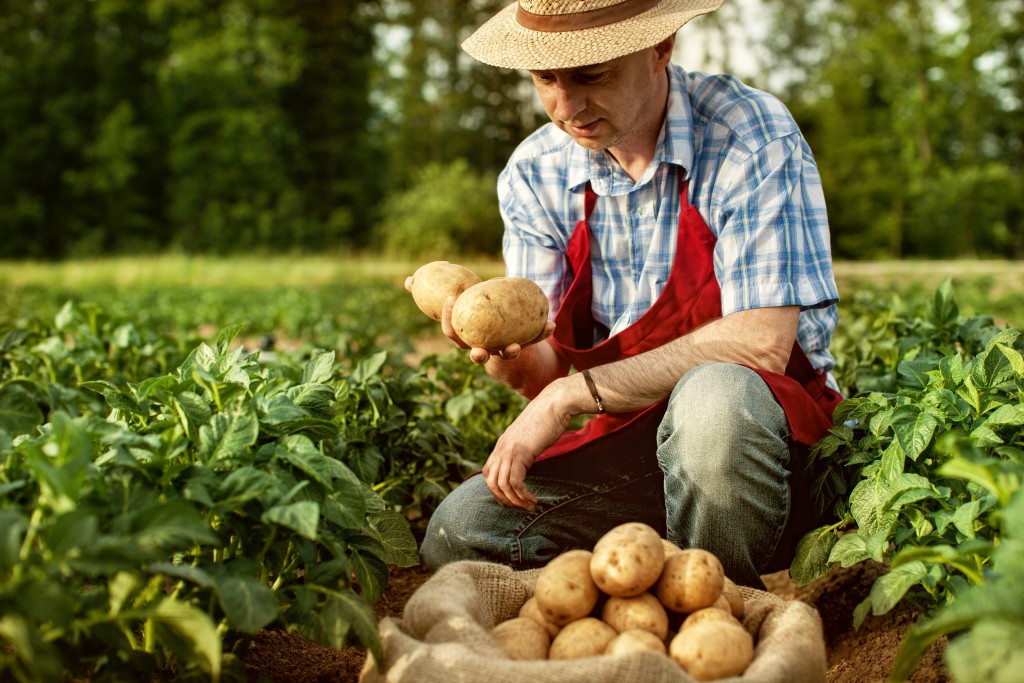There are two million farms in the United States. While that may seem like a large number, take note that there were at most seven million farms in 1935. Today, farmers and ranchers comprise 1.3% of the total labor force in the country, and the agricultural sector contributes $1.053 trillion to the US economy. While all these numbers seem enticing enough to get into farming, it’s not that simple to become a farmer or stay in the farming business.
Here are important things you should know before getting into farming:
Know Yourself
Deciding to go into farming seems like an easy decision to make, but you have to know the implications of earning a living in agriculture. If you don’t mind the long hours, the lean times, the erratic weather, and the solitary living conditions, then running a farm might be for you. Knowing and deciding to take on the challenges of farming can increase your chances of success, but knowing the type of farmer you are and what type of farming you are inclined to can likewise increase your chances of being a successful farmer. You can take this quiz to know more about yourself, and how you want to go about farming — whether you want to do it as a hobby, main source of income, or side business.
Start Small
If you plan to dive headfirst into farming, throwing a lot of money into buying land, seed, and farming equipment and hiring workers will not guarantee success. You can make a big investment and lose it all even if you had high crop yields. Any farmer with a thriving operation will tell you that you have to learn about agriculture initially from the bottom before becoming a successful farm owner. You can take a short course on specific agricultural subjects, but nothing beats hands-on experience. A good way to start your education on farming is to get a job as a hired hand. When your employer thinks you’re ready, you can rent some land and work on it as a tenant or buy a small plot of land to work on.
Manage your Capital and Costs
Buying or renting and running a farm can be a sure way to use up all your capital and eat into your savings. Many first-time farmers make the mistake of not keeping their personal savings separate and placing the money for the farm in another business savings account. When you have a good harvest, resist the urge to splurge and save some money for a rainy day or a bad drought. Be consistent in managing your money wisely to ensure your farm doesn’t go under from just one bad season or disaster.
Do Your Homework
Running a farm and making sure it has the best chance of being a thriving operation calls for a lot of research. You need to find out about a ton of variables like weather conditions, soil quality, water quality and availability, labor costs, and the cost of utilities. Depending on your farm type, you also have to comply with the Environmental Protection Agency and get the needed permits. To know more about farm operations, you can take a free course like this one.
Choose the Right Crop or Produce

It’s easy to get excited about growing your own crops. Don’t fall into the trap of planting crops that only you like or are good at growing. These can’t be the deciding factors of your cash crop or you will surely go bankrupt. Get to know what crop or produce you can sell, and what your market wants to buy. You also need to know what people will buy from you not once, but several times over. Your farm cannot survive on one-time transactions. You should also find out what the optimal market volume is for your crop. How much do your customers want to consume on a regular basis so you don’t end up with wasted produce? To get the answers to these key questions, you can do your own market research.
To say that running a farm is a lot of hard work is an understatement. To run it successfully and turn it into a sustainable operation, do your research, take short courses on profitable crops you can grow, and keep your costs down.

